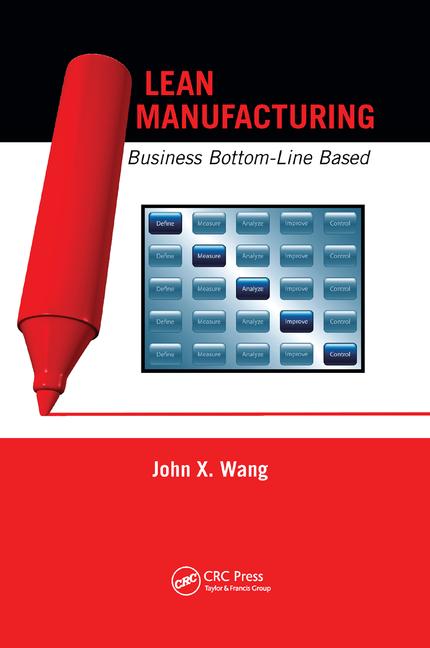Max DePree, former CEO of Herman Miller, wrote, “Management has a lot to do with answers. Leadership is a function of questions.”
It is self-evident that leaders must ask questions. The tacit-and critically important-implication here is that those questions must yield answers that will add value to the enterprise. Many people have been trained to ask questions, but not how to ask questions that yield useful answers. Asking a question that does not yield a useful answer-one that adds value-is a waste of everyone’s valuable time.
To determine whether an answer adds value, we recall that to be value added, an activity must be something the customer values and is willing to pay for, it must change the product or service, and it must be done right the first time.
In this context, the operative criterion is that to add value, an answer must create change. A question that elicits such an answer is a value-adding question. Obviously, just asking a question won’t change a product or service. But if it is truly a value-adding question, the answer will change how an organization thinks, functions and makes decisions. Those changes, in turn, lead to improving how the organization does things right the first time, which leads directly to the customer perceiving value and being willing to pay for it.
The most common question in a business setting is probably a request for information. When will the report be ready? What is the plan for cost reduction? These are necessary questions and they play an important function, but they aren’t value-adding questions because the answers don’t add value. Worse yet, the same requests tend to be repeated. In lean language, this is the waste of overprocessing. One core objective of lean is eliminating waste, so this can be a great “lean opportunity.” Eliminate waste by using a simple visual display so that people can get the information they need any time without asking.
One type of question that we see far too frequently is actually quite dangerous. It’s the “pseudo-question.” Instead of asking a real question, it actually advocates a position. This sounds quite underhanded yet we all do it, probably every day. For example, this pseudo-question is quite common in courtroom drama shows: “Isn’t it true that you in fact know the defendant?” Although asking a pseudo-question feels right, the answers don’t add value. Asking a pseudo-question puts the other person on the defensive, which is never productive. It can also detract from advocating your position on something you truly believe in. Beginning with “my viewpoint is…” usually leads to a more productive conversation than asking “isn’t it true…?”
So where does that leave us? True value-adding questions are those to which we do not already know the answers. They require thought, encourage reflection, advance the conversation into new territory, and the answers add value to the organization. The key point to remember is that you have to ask the right questions to get useful answers that add value.
Observing your work directly will help you learn more about how well you-and your organization-are doing at asking the right questions. Take a corner of your notebook and start keeping score of which types of questions are being asked. I do a small sample of this at many organizations that I assess, and I find that on average, 60 percent of the questions request information, 39 percent are disguised advocacy, and only 1 percent are truly open, inquisitive value-adding questions.
Keep a separate score of your own questions, and you may find that just being aware will help you ask more value-adding questions.
Jamie Flinchbaugh is a founder and partner of the Lean Learning Center in Novi, MI, and the co-author of The Hitchhiker’s Guide to Lean: Lessons from the Road.He shares his successful and varied experiences of lean transformation as a practitioner and leader through companies such as Chrysler and DTE Energy. He also has a wide range of practical experience in industrial operations, including production, maintenance, material control, product development and manufacturing engineering. Jamie is a graduate fellow of the Leaders for Manufacturing Program at the Massachusetts Institute of Technology, where his research thesis was on implementing lean manufacturing through factory design. He also holds a B.S. in Engineering from Lehigh University in Bethlehem, PA, and an M.S. in Engineering from the University of Michigan. To contact Jamie directly, go to the web site www.leanlearningcenter.com.
Get our new eMagazine delivered to your inbox every month.
Stay in the know on the latest assembly trends.
SUBSCRIBE TODAY!Copyright ©2024. All Rights Reserved BNP Media.
Design, CMS, Hosting & Web Development :: ePublishing


